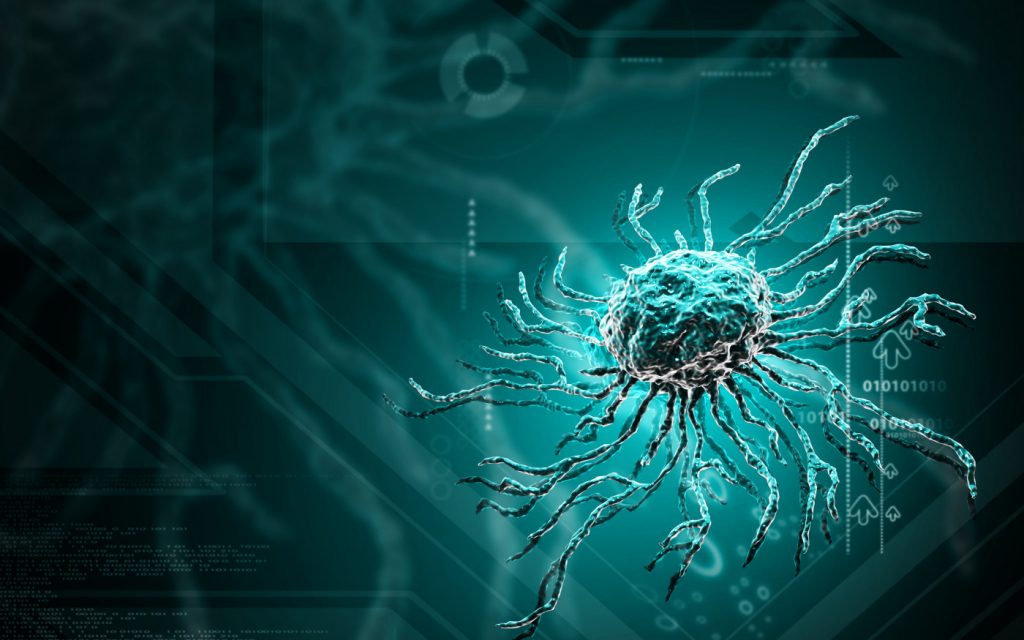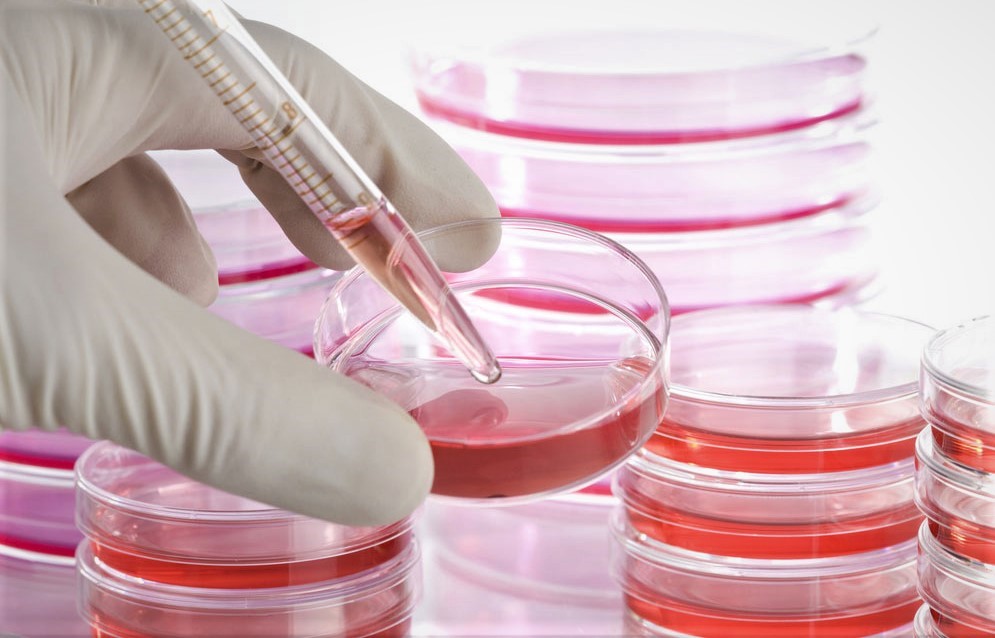

Partial response (PR) was defined as a 50% or greater reduction in the sum of the products of the longest diameter and perpendicular diameters of measurable lesion(s), with a 50% or greater decrease in hepatomegaly or splenomegaly (measured from the costal margin) in the presence of previously known liver or spleen involvement. Complete response (CR) was defined as complete regression of all measurable or evaluable disease including radiologically demonstrable disease, bone marrow involvement, or peripheral blood involvement. Response criteria were based on the guidelines from the NHL international Workshop. To address these limitations, we prospectively enrolled non-Hodgkin’s lymphoma (NHL) patients in a study to determine the role of ALC-15 on survival and to identify the ALC- 15 lymphocyte subset affecting survival after APHSCT. Limitations of these previous publications included their retrospective nature and the lack of ALC-15 lymphocyte subset analysis. Likewise, early lymphocyte recovery defined as an absolute lymphocyte count at day 15 (ALC-15) after APHSCT has been reported as significant, independent prognostic factor for survival in acute myelogenous leukemia, breast cancer, Hodgkin’s lymphoma, non-Hodgkin’s lymphoma, multiple myeloma, and primary systemic amyloidosis, suggesting the possibility of an autologous GVT similar to the GVT seen in the Allo-SCT. Recent reports have shown that early post-transplant lymphocyte recovery has a direct impact on survival in patients undergoing Allo-SCT, suggesting that the early lymphocyte recovery post-transplant can be used as a surrogate maker for GVT.

One hypothesis for the high relapse rate observed in APHSCT is the presumptive lack of graft-versus-tumor (GVT) effect present in allogeneic stem cell transplantation (Allo-SCT), where it is associated with a significant therapeutic impact on clinical outcomes. However, despite high-dose chemotherapy, APHSCT is still not curative for a number of patients with malignant diseases. The clinical efficacy of autologous peripheral blood hematopoietic stem cell transplantation (APHSCT) in treating malignancies has been solely attributed on the high-dose chemotherapy to eradicate tumor cells. This is the first study confirming the ALC-15 survival role prospectively and identifying NK cells as the key ALC-15 lymphocyte subset affecting survival after APHSCT. Multivariate analysis showed that NK cells are independent predictor for survival. Patients with an NK cell ≥ 80 cells/μl (n = 38) experienced superior OS and PFS compared with those who did not (median OS : not reached vs 5 months, 3 years OS rates of 76% (95%CI: 57-92%) vs 36% (95%CI: 11-62%), p < 0.0001 and median PFS: not reached vs 3 months, 3 years PFS rates of 57% (95%CI: 38-85%) vs 9 % (95%CI: 1-41%), p < 0.0001, respectively). Univariately, CD16+/56+/CD3- natural killer (NK) cell was the only ALC-15 lymphocyte subset identified as a predictor for survival. With a median follow-up of 22.2 months (range: 6-63.7 months), patients with an ALC-15 ≥ 500 cells/μl (n = 35) experienced superior overall survival (OS) and progression-free survival (PFS) compared with those who did not (median OS : not reached vs 5.4 months, 3 years OS rates of 80% (95% CI: 55-95%) vs 37% (95% CI: 15-65%), p < 0.0001 and median PFS: not reached vs 3.3 months, 3 years PFS rates of 63% (95% CI: 40-85%) vs 13% (95%CI: 4-40%), p < 0.0001, respectively). The secondary end point was to identify the ALC-15 lymphocyte subset affecting survival after APHSCT.

The primary end point of the study was to confirm prospectively the ALC-15 survival role after APHSCT in NHL. To address these limitations, from 2/2002 until 2/2007, 50 non-Hodgkin lymphoma (NHL) patients were enrolled in a prospective study. Limitations of previous reports included their retrospective nature and the lack of ALC-15 lymphocyte subset analysis. Day 15 absolute lymphocyte count (ALC-15) after autologous peripheral blood hematopoietic stem cell transplantation (APHSCT) has been reported to be a significant predictor for survival in multiple hematological malignancies.


 0 kommentar(er)
0 kommentar(er)
